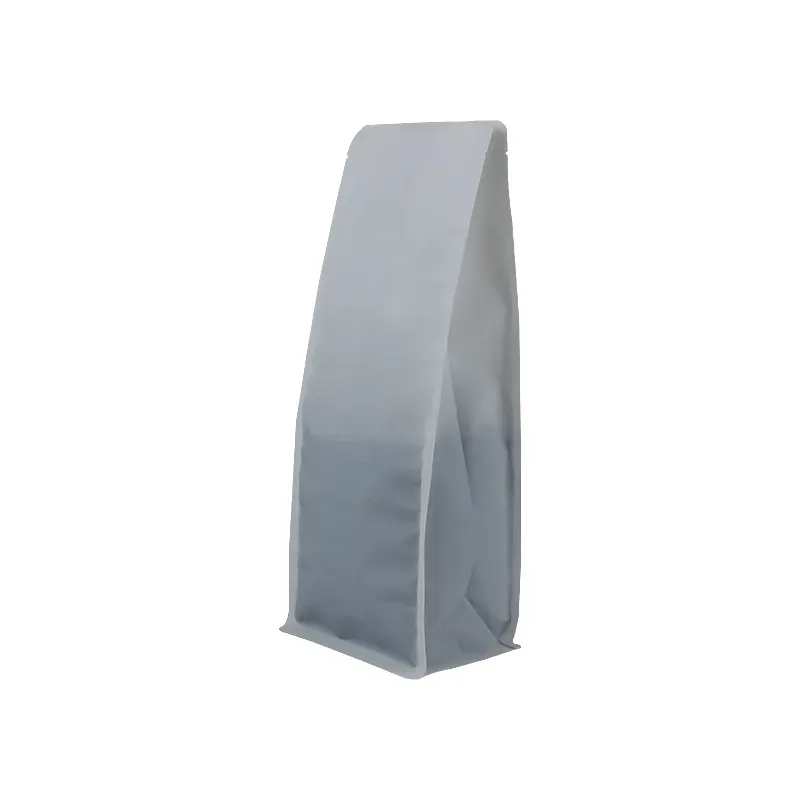- Afrikaans
- Albanian
- Amharic
- Arabic
- Armenian
- Azerbaijani
- Basque
- Belarusian
- Bengali
- Bosnian
- Bulgarian
- Catalan
- Cebuano
- chinese_simplified
- chinese_traditional
- Corsican
- Croatian
- Czech
- Danish
- Dutch
- English
- Esperanto
- Estonian
- Finnish
- French
- Frisian
- Galician
- Georgian
- German
- Greek
- Gujarati
- haitian_creole
- hausa
- hawaiian
- Hebrew
- Hindi
- Miao
- Hungarian
- Icelandic
- igbo
- Indonesian
- irish
- Italian
- Japanese
- Javanese
- Kannada
- kazakh
- Khmer
- Rwandese
- Korean
- Kurdish
- Kyrgyz
- Lao
- Latin
- Latvian
- Lithuanian
- Luxembourgish
- Macedonian
- Malgashi
- Malay
- Malayalam
- Maltese
- Maori
- Marathi
- Mongolian
- Myanmar
- Nepali
- Norwegian
- Norwegian
- Occitan
- Pashto
- Persian
- Polish
- Portuguese
- Punjabi
- Romanian
- Russian
- Samoan
- scottish-gaelic
- Serbian
- Sesotho
- Shona
- Sindhi
- Sinhala
- Slovak
- Slovenian
- Somali
- Spanish
- Sundanese
- Swahili
- Swedish
- Tagalog
- Tajik
- Tamil
- Tatar
- Telugu
- Thai
- Turkish
- Turkmen
- Ukrainian
- Urdu
- Uighur
- Uzbek
- Vietnamese
- Welsh
- Bantu
- Yiddish
- Yoruba
- Zulu
Common Shipping Box Dimensions for Efficient Packaging Solutions
Common Box Sizes for Shipping A Comprehensive Guide
In the realm of shipping and logistics, one of the fundamental factors that can significantly impact costs and efficiency is the size of the boxes used for packaging. Selecting the right box size is crucial not only for protecting the contents but also for optimizing shipping costs and enhancing the overall customer experience. This article delves into the common box sizes used for shipping, their applications, and tips for selecting the right box for your needs.
Understanding Box Sizes
Shipping boxes come in a variety of sizes, typically measured in inches or centimeters. The most common dimensions are categorized into small, medium, and large boxes, each designed to accommodate different types of products.
1. Small Boxes (Up to 12 inches squared) - Dimensions Common small box sizes include 6x6x6, 6x12x3, and 8x8x8. - Applications Ideal for smaller items such as books, electronics, cosmetics, and jewelry. Small boxes are often used for e-commerce businesses that ship products directly to consumers. - Benefits These boxes minimize wasted space, reducing shipping costs and improving the packaging's overall aesthetics.
2. Medium Boxes (12 to 18 inches) - Dimensions Typical medium box sizes are 12x12x12, 14x10x8, and 16x12x12. - Applications Suitable for items like clothing, larger electronics, kitchenware, and home goods. Medium boxes are versatile and can accommodate multiple smaller items. - Benefits They offer a balance between size and shipping cost, making them a popular choice for online retailers.
3. Large Boxes (18 inches and above) - Dimensions Common large box sizes include 18x18x18, 24x24x24, and 29x24x20. - Applications Perfect for bulky items such as furniture, appliances, and large machinery. Large boxes are essential for businesses in the B2B sector that handle heavy or oversized goods. - Benefits While larger boxes may incur higher shipping costs, they ensure safe transport for bigger items, avoiding damages during transit.
Choosing the Right Box Size
common box sizes for shipping

Selecting the appropriate box size for your products is vital for minimizing shipping costs and maintaining product integrity. Here are some tips to help you make the right choice
1. Assess Your Products Determine the dimensions and weight of the items you intend to ship. It’s crucial not to use excessively large boxes for small items, as this can increase shipping costs and lead to product movement inside the box, resulting in potential damage.
2. Consider Packaging Materials The materials used to fill the box—like packing peanuts, bubble wrap, or crumpled paper—can help protect the contents. When using cushioning materials, ensure the box size allows for adequate padding without being too oversized.
3. Think About Stacking and Storage If your products will be stacked in storage or during transport, consider choosing boxes that are uniform in size. This not only makes for easier storage but also contributes to stability during shipping.
4. Know Your Carrier’s Guidelines Different shipping carriers have specific size and weight restrictions. Familiarize yourself with these guidelines to avoid surcharges or complications during shipping.
5. Test and Iterate If you’re uncertain about the best box size, consider testing different sizes with a variety of products. Gather feedback on shipping efficiency and the condition of items upon arrival, and adjust accordingly.
Conclusion
In the shipping industry, choosing the correct box size is more than just a matter of aesthetics; it’s a critical component of operational efficiency and customer satisfaction. By understanding the common box sizes available and following the tips outlined in this guide, businesses can optimize their packaging strategies and enhance their overall shipping experience. Investing time in selecting the right box ultimately pays off in reduced shipping costs, fewer damages, and happier customers—a win-win for any shipping operation.













